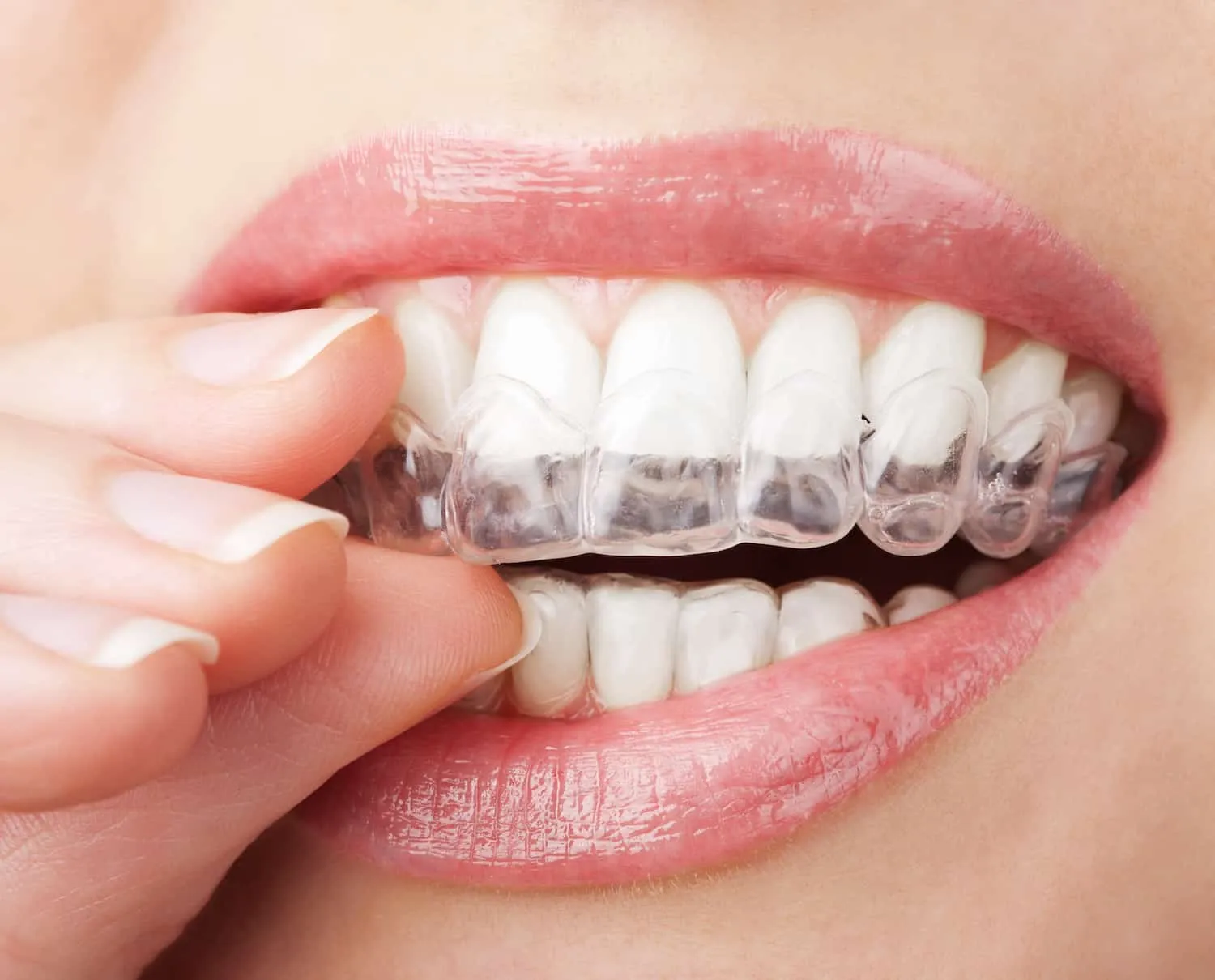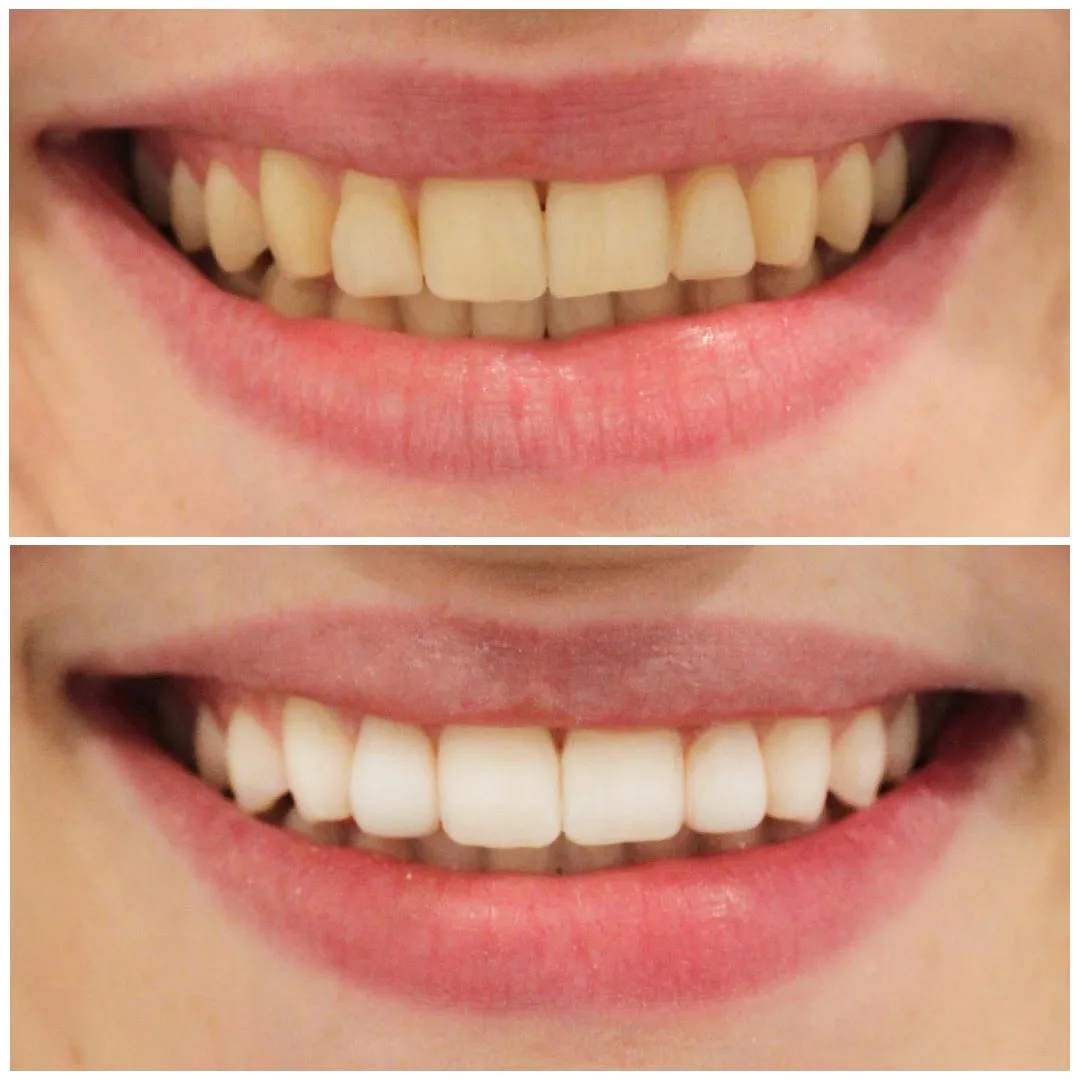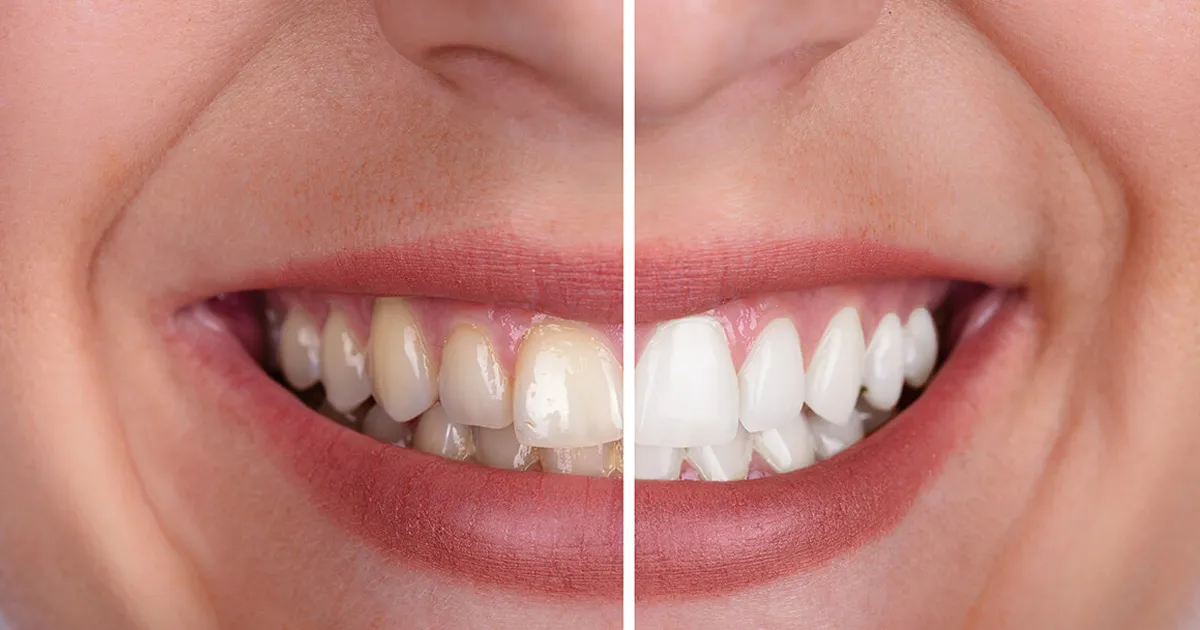Understanding Teeth Whitening
Teeth whitening has become a booming cosmetic procedure, promising brighter, more aesthetically pleasing smiles. But, as with any cosmetic procedure, it’s crucial to understand what teeth whitening entails and how it affects your oral health. The fundamental goal of teeth whitening is to lighten the shade of your teeth, a process that can involve a range of methods, from professional treatments in a dentist’s office to over-the-counter products. The process typically involves bleaching agents that penetrate the enamel, breaking down stains and discoloration. While the results can be impressive, the question remains How bad is teeth whitening for teeth? This article dives deep into the potential risks and considerations associated with teeth whitening, helping you make an informed decision.
How Teeth Whitening Works
The science behind teeth whitening revolves around the use of bleaching agents, most commonly hydrogen peroxide or carbamide peroxide. These chemicals break down into oxygen molecules, which then penetrate the porous enamel of your teeth. Once inside, these oxygen molecules react with the stain molecules, breaking them apart and effectively lightening the overall shade of your teeth. The concentration of the bleaching agent, the duration of its contact with the teeth, and the method of application all influence the effectiveness of the whitening process. Professional treatments often utilize higher concentrations of bleaching agents, coupled with techniques like heat or light activation to accelerate the process. At-home kits, on the other hand, usually contain lower concentrations, requiring more prolonged and consistent use to achieve similar results. Understanding this process is key to assessing the potential impact of teeth whitening on your teeth and overall oral health. Image: teeth-whitening-treatment.webp
Types of Teeth Whitening Treatments

Teeth whitening treatments come in various forms, each with its own set of pros and cons. In-office whitening, performed by a dental professional, offers the most immediate results. These treatments typically involve high-concentration bleaching agents and are often coupled with special lights or lasers to enhance the whitening effect. In contrast, at-home whitening kits provide a more convenient and cost-effective alternative. These kits usually include custom-fitted trays filled with a lower concentration of bleaching gel. Over-the-counter products, such as whitening strips and toothpastes, offer even more accessibility. However, their effectiveness may be limited compared to professional treatments. Each type of treatment carries its own potential risks and benefits, and the best choice depends on individual needs and preferences.
In-Office Teeth Whitening
In-office teeth whitening offers the most dramatic results in the shortest amount of time. The procedure typically involves a dentist applying a high-concentration bleaching agent to the teeth, often followed by the use of a special light or laser to accelerate the whitening process. This method is closely monitored by a dental professional, minimizing the risk of complications. One significant advantage is the dentist’s ability to address any underlying dental issues before the whitening process begins. However, in-office treatments can be more expensive than at-home options, and may still lead to temporary sensitivity. The intensity of the treatment also increases the potential for side effects, making it crucial to discuss any concerns with your dentist. The professional setting ensures that your teeth and gums are protected throughout the procedure, reducing the risk of damage. Image: in-office-teeth-whitening.webp
At-Home Teeth Whitening Kits
At-home teeth whitening kits offer a convenient and budget-friendly alternative to professional treatments. These kits generally consist of custom-fitted trays filled with a lower concentration of bleaching gel. The user wears the trays for a specified period each day or night, gradually lightening the teeth over several weeks. While at-home kits are less potent than in-office treatments, they can still deliver noticeable results. It’s important to carefully follow the instructions provided with the kit to minimize the risk of adverse effects. Common side effects include temporary tooth sensitivity and gum irritation. Consulting with a dentist before using an at-home kit is always recommended to ensure the treatment is suitable for your oral health and to address any potential concerns. Image: at-home-teeth-whitening.webp
The Impact of Teeth Whitening on Tooth Enamel

One of the primary concerns regarding teeth whitening is its potential impact on tooth enamel. Enamel is the hard, protective outer layer of your teeth, and it is susceptible to damage from the bleaching agents used in teeth whitening. The most common effect is increased tooth sensitivity, which can occur because the bleaching agents can penetrate the enamel and reach the dentin, the layer beneath the enamel. This can irritate the nerve endings and cause discomfort. Overuse or misuse of whitening products can also lead to erosion of the enamel, making the teeth more vulnerable to decay and damage. However, when used correctly, under the guidance of a dental professional, the risks to enamel are generally minimal. Image: teeth-whitening-enamel.webp
Sensitivity and Irritation
Tooth sensitivity is a common side effect of teeth whitening. This occurs because the bleaching agents can temporarily open the pores in the enamel, allowing the bleaching agents to reach the nerves in the teeth. This can cause sharp, shooting pains when consuming hot, cold, sweet, or acidic foods and drinks. Gum irritation is another potential issue, often resulting from the bleaching agent coming into contact with the gums. This can cause redness, swelling, and soreness. These side effects are usually temporary, subsiding within a few days after the whitening treatment is completed. Using products designed to reduce sensitivity, such as toothpaste containing potassium nitrate or fluoride, can help alleviate discomfort. Image: teeth-whitening-sensitivity.webp
Potential Damage to Gums
Besides tooth sensitivity, teeth whitening can also cause potential damage to your gums. When the bleaching agent comes into contact with the soft tissues of the gums, it can cause irritation, inflammation, and in some cases, chemical burns. This is more common with in-office treatments where higher concentrations of bleaching agents are used. Dentists take precautions, such as applying a protective barrier to the gums before treatment, to minimize this risk. At-home kits may also pose a risk if the trays do not fit properly, allowing the gel to leak and irritate the gums. It’s important to follow all instructions carefully and to discontinue use if you experience any signs of gum irritation. Any persistent issues should be addressed by a dentist. Image: oral-hygiene.webp
The Role of Hydrogen Peroxide

Hydrogen peroxide is the active ingredient in most teeth whitening products. It works by releasing oxygen molecules that break down the stains on your teeth. The concentration of hydrogen peroxide is a key factor in both the effectiveness and the potential side effects of the treatment. Higher concentrations whiten teeth more quickly, but they also increase the risk of sensitivity and gum irritation. Carbamide peroxide is another common ingredient, which breaks down into hydrogen peroxide. Products for home use contain lower concentrations of hydrogen peroxide, generally between 3% and 20%, to minimize risks. Professional treatments in a dental office may use concentrations as high as 40%. Careful consideration of hydrogen peroxide concentration is essential when evaluating the risks associated with teeth whitening. Image: hydrogen-peroxide-teeth-whitening.webp
Long-Term Effects of Teeth Whitening
While teeth whitening can provide immediate cosmetic benefits, it’s essential to consider the long-term effects. The repeated use of whitening treatments, particularly those with high concentrations of bleaching agents, can potentially weaken the enamel over time. This can make teeth more vulnerable to staining, decay, and sensitivity. There is no definitive research indicating that teeth whitening causes permanent damage to tooth enamel when performed according to professional guidelines and with appropriate intervals. However, it is recommended that the use of whitening products is limited and that you consult with your dentist about the frequency of treatments. Maintaining good oral hygiene practices, including regular brushing, flossing, and dental checkups, is essential to mitigate any potential long-term effects. Image: healthy-smile.webp
Factors Influencing Teeth Whitening Safety
Several factors influence the safety of teeth whitening treatments. The concentration of the bleaching agent is a significant factor, with higher concentrations posing a greater risk of sensitivity and gum irritation. The duration of the treatment and the frequency with which it is performed also play a role. Overuse of whitening products can increase the risk of adverse effects. The health of your teeth and gums before the whitening treatment is also crucial. Individuals with existing dental issues, such as cavities or gum disease, should address these problems before considering teeth whitening. Following the instructions provided with the product, and consulting with a dentist about any concerns can ensure the safest possible outcome. Image: oral-hygiene.webp
Frequency of Treatments

The frequency of teeth whitening treatments is a key factor in minimizing potential risks. Repeated treatments, particularly those with high concentrations of bleaching agents, can increase the likelihood of sensitivity, gum irritation, and potential enamel damage. It’s generally recommended to space out whitening treatments and to follow the guidelines provided by your dentist or the product manufacturer. Some individuals may only need to whiten their teeth once or twice a year, while others may require more frequent touch-ups. The specific frequency depends on several factors, including the type of treatment used, the condition of the teeth, and individual habits, like smoking or consuming staining foods and drinks. Consulting your dentist will help you determine the appropriate frequency for your needs. Image: teeth-whitening-alternatives.webp
Oral Hygiene Practices
Good oral hygiene practices are crucial for maintaining the health and appearance of your teeth, especially when considering teeth whitening. Regular brushing with fluoride toothpaste, flossing daily, and using an antibacterial mouthwash help remove plaque and bacteria, reducing the risk of tooth decay and gum disease. Maintaining good oral hygiene helps to protect the enamel and gums during and after teeth whitening treatments. Avoiding foods and drinks that stain the teeth, such as coffee, tea, and red wine, can also help to prolong the effects of the whitening treatment. Regular dental check-ups and professional cleanings are essential for maintaining optimal oral health and preventing potential complications. Following these practices will help maximize the benefits of teeth whitening while minimizing potential risks. Image: oral-hygiene.webp
Alternatives to Teeth Whitening
If you are concerned about the potential risks of teeth whitening, several alternatives can help improve the appearance of your smile. Professional dental cleanings can remove surface stains and brighten teeth. Porcelain veneers and dental bonding provide more dramatic results by covering the teeth. Over-the-counter products, such as whitening toothpastes, can remove surface stains, but their effects are generally limited. Dietary changes, such as reducing the consumption of staining foods and drinks, can also help maintain a brighter smile. Discussing all available options with your dentist will help you determine the best approach based on your individual needs and oral health. Image: teeth-whitening-alternatives.webp
Teeth Whitening for a Healthy Smile

Teeth whitening, when performed under professional guidance, can be a safe and effective way to enhance your smile. Understanding the potential risks and taking necessary precautions, such as consulting with a dentist and following product instructions, is crucial. Practicing good oral hygiene, including regular brushing, flossing, and dental checkups, is also essential for maintaining a healthy smile. By making informed decisions and prioritizing oral health, you can enjoy the benefits of teeth whitening while minimizing the potential for adverse effects. A bright, healthy smile not only boosts confidence but also contributes to overall well-being, highlighting the importance of making informed choices regarding your oral health. Image: healthy-smile.webp
